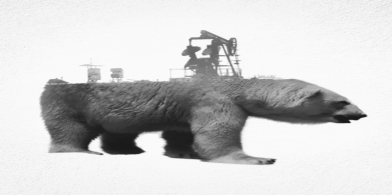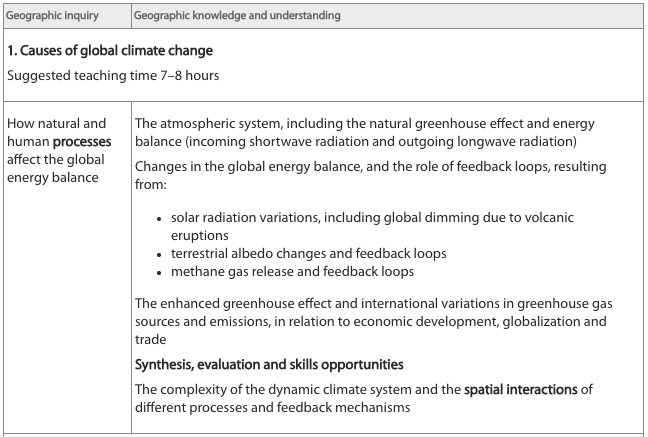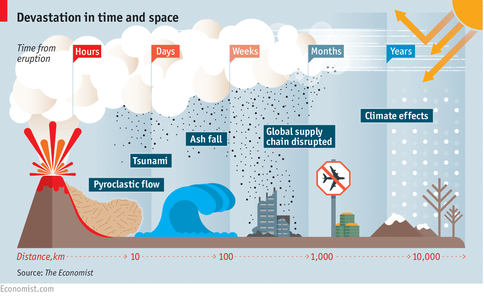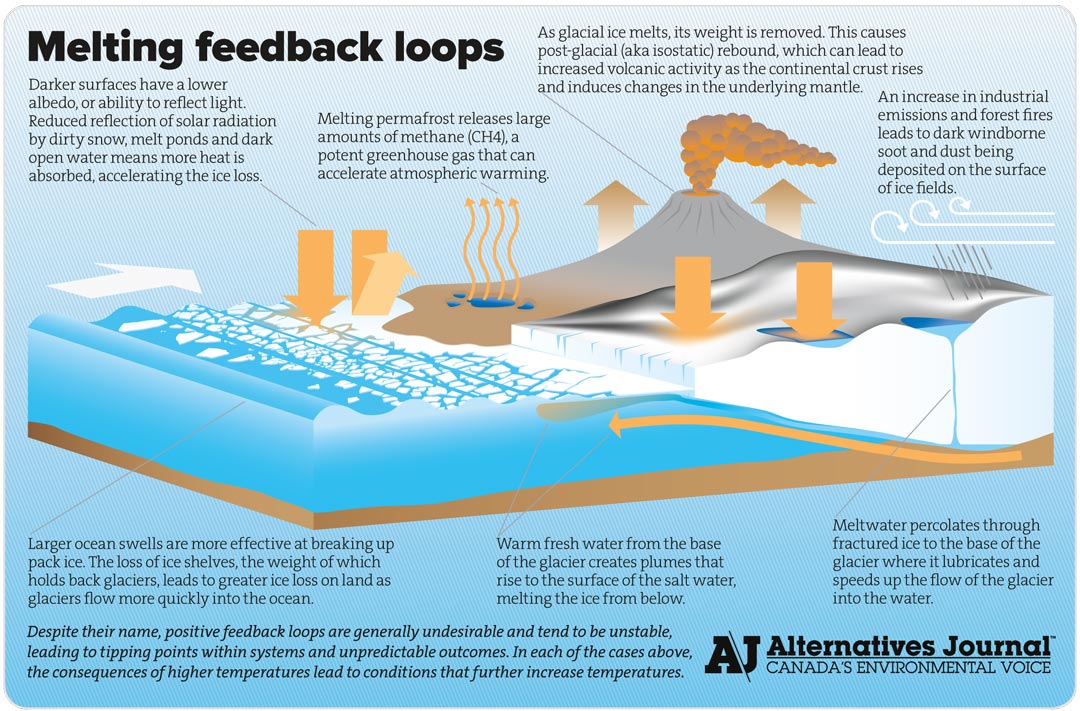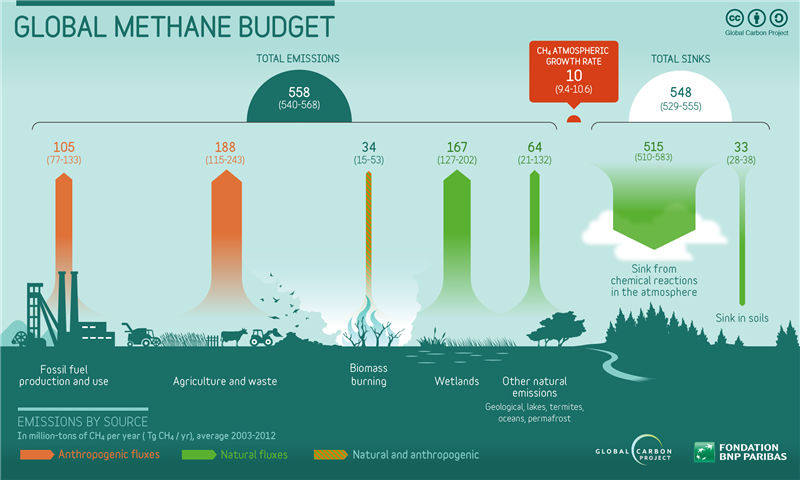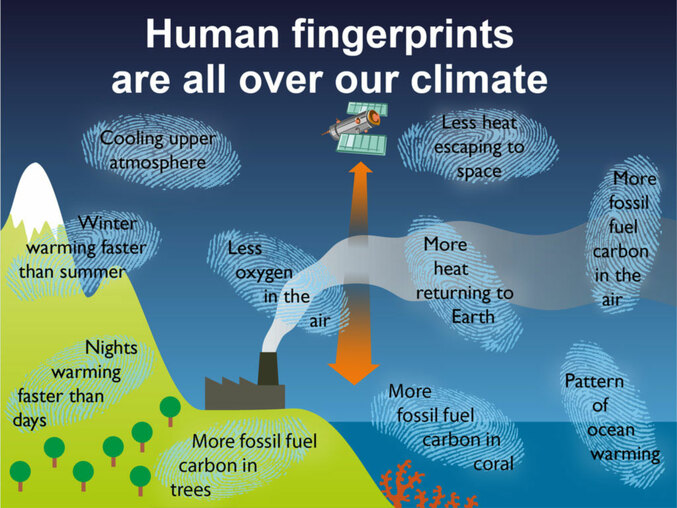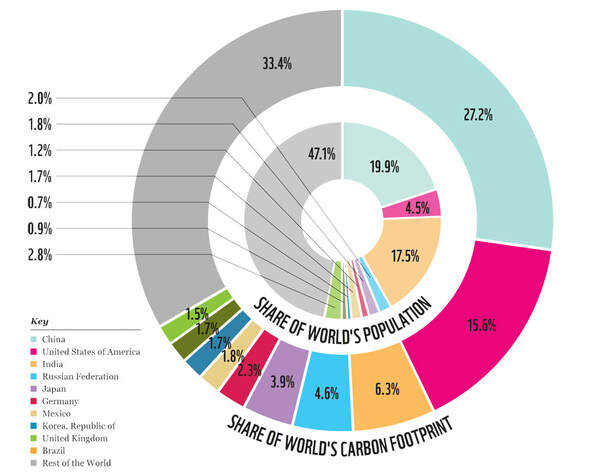1. Causes of global climate change
Syllabus Link: How natural and human processesaffect the
global energy balance
The Atmospheric System
The atmospheric system, including the natural greenhouse effect and energy balance (incoming shortwave radiation and outgoing longwave radiation)
|
|
|
|
Activity: Layers of the Atmosphere
Website: The atmosphere and the greenhouse effect
Activity: Fill in the blanks
PDF: Guide to the atmosphere
|
|
|
|
Changes in the Global Energy Balance
Changes in the global energy balance, and the role of feedback loops, resulting from:
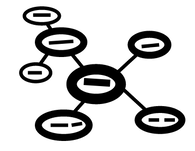
Articles: Risk of domino effect through tipping points
Article: Domino effect could turn world into a hothouse
Article: Our oceans broke heat records, the consequences could be catastrophic
Article: Tipping point for arctic hotspot
|
|
|
Solar radiation variations, including global dimming due to volcanic eruptions
Terrestrial albedo changes and feedback loops
|
|
|
Methane gas release and feedback loops
|
|
|
|
Article: Huge ice age methane blowout
The Enhanced Greenhouse Effect
The enhanced greenhouse effect and international variations in greenhouse gas sources and emissions, in relation to economic development, globalization and trade
|
|
|
|
|
|
|
Article: 70% of emissions from 100 companies
Article: HL Connection- Is globalization worsening the effects of climate change
|
|
|
|
|
|
